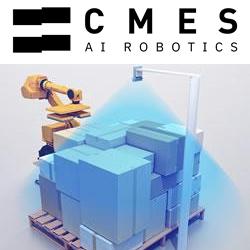Mouser Gives a Closer Look at Autonomous Mobile Robots in New Installment of Empowering Innovation Together
Subsea Technologies: Optical Components in Deep Waters
How AI is reshaping the edge computing landscape
Tazza! A 3D-Based Robot Pick-and-Place Vision System
6-axis robots for injection molding open possibilities for manufacturers
How to Choose the Right Sensor in Ambient Conditions
BOWE GROUP leads an $8.2M investment round in robot software innovator MOV.AI
Automatic Forest Fire Detection System With AI Enables Early and Efficient Fire Fighting
17 Robots, Teams From Around the World Vie for $8m in Prizes, November 4-5 in Long Beach, CA
Revolution for Bionic Prostheses
Maximising the Potential of AMRs with Software Integration
Most Accurate Lotus Car Ever, Thanks to Cutting Edge Metrology
Sarcos Successfully Executes Field Trials Demonstrating Suite of Robotic Technologies for Maintenance, Inspection, and Repair in Shipyard Operations
The Way to Combine Metal and Plastic: Insert Molding
Sales of Robots for the Service Sector Grew by 37% Worldwide
Records 751 to 765 of 3735
First | Previous | Next | Last
Featured Product

CMES - AI-Powered 3D Robot Vision
Robotics and Automation - Featured Company

